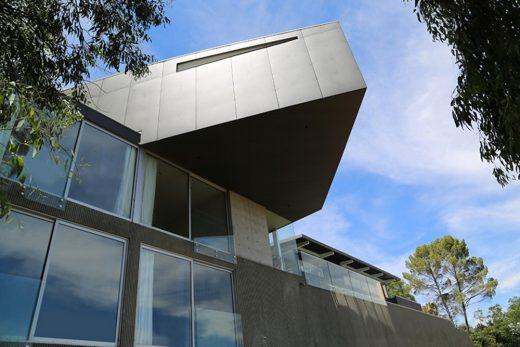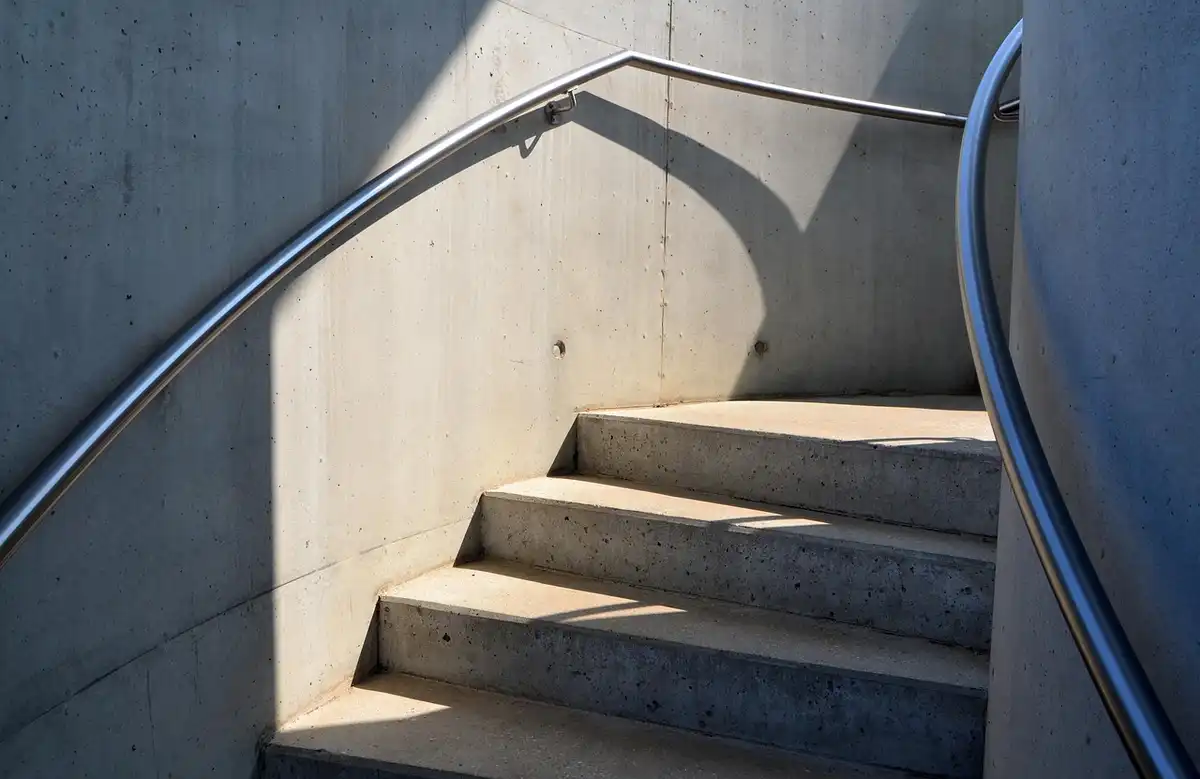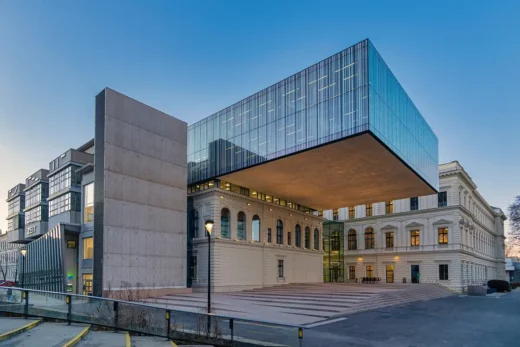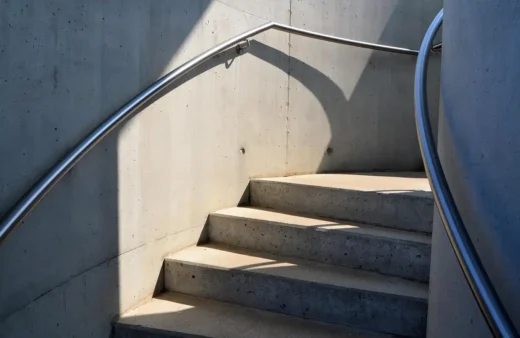Innovations in concrete services, Smart design and technology, Modern build tech breakthrough
Innovations in Concrete Services: Smart Design and Technology
3 July 2025
Innovations in Concrete Services: Building a Sustainable Future with Smart Design and Technology
Concrete has long been the backbone of modern construction, but as the industry faces mounting pressure to reduce carbon emissions and improve efficiency, innovation in concrete services is more critical than ever. From revolutionary thin-shell designs to AI-driven mix optimisation, the UK is at the forefront of redefining how we use this versatile material.
Let’s examine some of the latest advancements in concrete services, focusing on sustainability, automation, and material science, while offering practical insights for architects, contractors, and developers.
The Rise of Thin-Shell Concrete: Cutting Carbon Without Compromising Strength
One of the most exciting breakthroughs in concrete design comes from the ACORN project, a UKRI-funded initiative led by the Universities of Bath, Cambridge, and Dundee. Their vaulted thin-shell concrete floors use 75% less concrete than traditional flat slabs while maintaining the same load-bearing capacity. By leveraging concrete’s natural compressive strength and eliminating inefficient bending resistance, this design reduces carbon emissions by 60% per floor.
Key Benefits of Thin-Shell Concrete
- Material Efficiency: The curved, vaulted structure concentrates concrete only where needed, minimising waste.
- Automated Fabrication: Robotic spraying systems and adaptable moulds enable off-site production, reducing on-site labour and speeding up assembly.
- Circular Economy Potential: Reversible joints allow floors to be disassembled and reused, aligning with sustainable construction goals.
“Achieving net-zero targets requires using less concrete. This project proves we can build smarter without sacrificing performance.” – Dr. Paul Shepherd, Principal Investigator for ACORN
The UK Concrete Market: Trends and Challenges
The UK construction sector saw a solid 16.5% increase in orders in Q2 2024, highlighting strong momentum in the industry. While demand for ready-mixed concrete has moderated since 2021, partly due to market diversification and evolving material preferences, there are encouraging signs of renewed growth. Notably, brick and block deliveries rose sharply in April 2025, up 10.4% and 13.4% year-on-year respectively, pointing to a resurgence in residential and infrastructure activity that bodes well for future concrete demand.
Key Industry Shifts
- Sustainability-Driven Demand: Low-carbon mixes, recycled aggregates, and permeable concrete are gaining traction, particularly in public infrastructure projects like HS2 and offshore wind farms
- Labour Shortages: Automation, including AI-powered batching and robotic pouring, is filling gaps in skilled labour.
- Digitalisation: Cloud-based project management and IoT sensors are optimising mix designs and reducing over-engineering, cutting CO₂ emissions by up to 20%.
Sustainable Concrete Solutions: From Graphene to Self-Healing Mixes
Graphene-Enhanced Concrete
A highlight of the 2025 UK Concrete Show was graphene-infused concrete, which improves tensile strength by 30% and reduces cement content—a major win for decarbonisation. Companies like Concretene are commercialising this technology, with trials showing 20% lower CO₂ emissions per cubic metre.
Self-Healing Materials
Inspired by Roman concrete, researchers are developing mixes with calcium-rich additives that autonomously repair cracks. Early adopters in the UK are using these in marine and transport infrastructure to extend lifespan and reduce maintenance.
Circular Economy Practices
- Recycled aggregates: Crushed concrete now accounts for 12% of UK aggregate use.
- Modular construction: Prefabricated concrete components, like those from Laing O’Rourke, cut waste by 50% compared to traditional methods.
“The future of concrete lies in marrying innovation with practicality. Technology alone isn’t enough – success hinges on precision installation by experts. The UK’s net-zero ambitions demand this dual focus: advanced materials and flawless execution.” – Eivor Acuna, Director, EKA Concrete
The Role of Professional Concrete Contractors
While DIY solutions exist for small projects, professional contractors are essential for ensuring structural integrity, compliance, and sustainability. Here’s why:
- Precision in Mix Design
Not all concrete is equal. Contractors tailor mixes to factors like load requirements, weather resistance, and curing conditions. For example, CEVO Digital (developed by Tarmac) uses AI to optimise mixes in real-time, reducing carbon while meeting performance specs.
- Advanced Finishing Techniques
From power-floated industrial floors to brushed anti-slip surfaces, proper finishing enhances durability and safety. Robotic screeding tools are now achieving millimetre-perfect accuracy, reducing rework.
- Repair and Maintenance Expertise
Cracks and spalling aren’t just cosmetic—they compromise structural safety. Professional services use carbon-fibre reinforcement and alkali-resistant coatings to restore integrity, often doubling a structure’s lifespan.
The Future: AI, Policy, and Global Trends
AI and Automation
- MixAI: Algorithms now adjust water and admixtures in real-time during pouring, slashing waste.
- Autonomous eMixers: Electric mixer trucks, like those trialled by Tarmac, reduce onsite emissions by 40%.
Policy Drivers
The Building Safety Act 2022 mandates stricter standards, pushing adoption of digital compliance tools and low-carbon materials. Meanwhile, the National Infrastructure Strategy prioritises projects like Crossrail 2, creating demand for innovative concrete solutions.
Global Outlook
The global concrete market is projected to grow at 6.6% annually, with the UK leading in sustainable innovations like low-cement mixes and 3D-printed structures.
Building Smarter with Concrete
The future of concrete lies in combining ancient wisdom with cutting-edge tech. From Roman-inspired self-healing mixes to graphene-enhanced slabs, the UK is proving that sustainability and strength can coexist. For architects and contractors, the message is clear: embrace innovation, prioritise circular practices, and leverage professional expertise to meet the demands of a net-zero world.
Comments on this guide to Innovations in Concrete Services: Smart Design and Technology article are welcome.
Building Designs
House Designs – contemporary property additions on e-architect:
Mulholland Drive Annex, eastern Santa Monica Mountains of Southern California
Design: A L M Project

photos : Patricia Parinejad, Michael Morris and Trevor Dixon
Bundy Drive Residence, Los Angeles
Design: Whipple Russell Architects

photo : Simon Berlyn
Home Articles
Residential Architecture
Comments / photos for the Innovations in Concrete Services: Smart Design and Technology page welcome.







